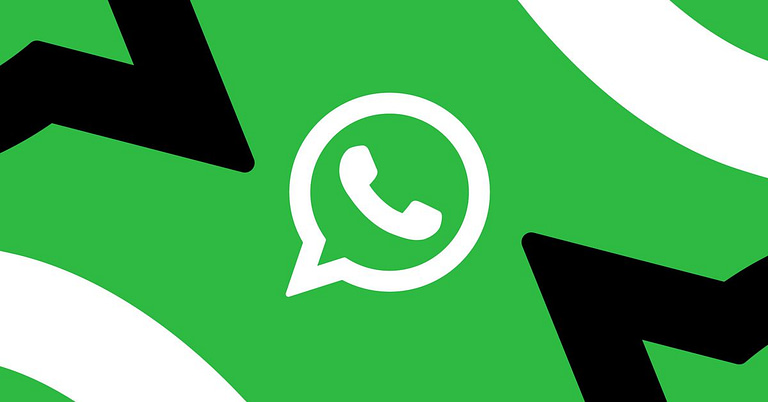Microsoft’s recent experiment in artificial intelligence technology has been met with mixed results. The company had hoped to use AI to improve its customer service, but the project backfired when customers began complaining about the robotic responses they were receiving from Microsoft’s chatbot.
The idea behind Microsoft’s experiment was simple: create a chatbot that could answer customer inquiries quickly and accurately. The goal was to provide better customer service by eliminating long wait times and providing more accurate answers than human agents could offer. To do this, Microsoft used natural language processing (NLP) technology to train its AI system on how to respond appropriately to customer queries.
Unfortunately, things didn’t go as planned for Microsoft. Customers soon began reporting that their conversations with the chatbot felt unnatural and robotic, leading many of them to become frustrated or even angry at the lack of helpfulness provided by the AI system. This led some customers to abandon their interactions altogether, leaving them feeling dissatisfied with both the product and Microsoft itself as a result of their experience with it.
In response, Microsoft has taken steps towards rectifying this issue by introducing new features into its AI-powered chatbot system such as sentiment analysis which can detect whether a conversation is becoming heated or not so that it can adjust its responses accordingly in order to deescalate any potential conflict between customers and agents alike. Additionally, they have also implemented an automated feedback loop which allows users who are unsatisfied with their interaction with the bot an opportunity for direct contact with a human agent if needed – something which wasn’t available before now due largely in part because of cost constraints associated with hiring additional personnel for such tasks..
Despite these improvements however there is still much work left ahead for Microsoft if they wish truly make good on their promise of providing improved customer service through artificial intelligence technology; namely finding ways around common issues like conversational dead ends where bots cannot understand what customers are asking or responding inappropriately due either misinterpreting user input or simply not having enough data points within its knowledge base in order properly address certain topics being discussed during conversations.. In addition ,they must also find ways ensure that all interactions remain professional yet friendly no matter how complex or difficult questions may be posed by customers while simultaneously ensuring accuracy without sacrificing speed .
Fortunately though ,it appears as though progress is being made slowly but surely . As evidenced recently when one particular instance saw two separate teams working together – one team consisting solely dedicated towards developing algorithms while another focused specifically on creating content – successfully able produce an effective solution capable handling even most challenging inquiries presented them . And although there still plenty room improvement ,this example serves show just far companies willing invest time money into perfecting technologies like these will eventually come given right resources applied correctly .
Ultimately then ,while initial attempts at using artificial intelligence tech may have failed miserably first try out ,there hope yet future success stories similar nature thanks continued advancements field research development along commitment from major players industry like Microsoft themselves pushing boundaries what possible today tomorrow .
NPR






